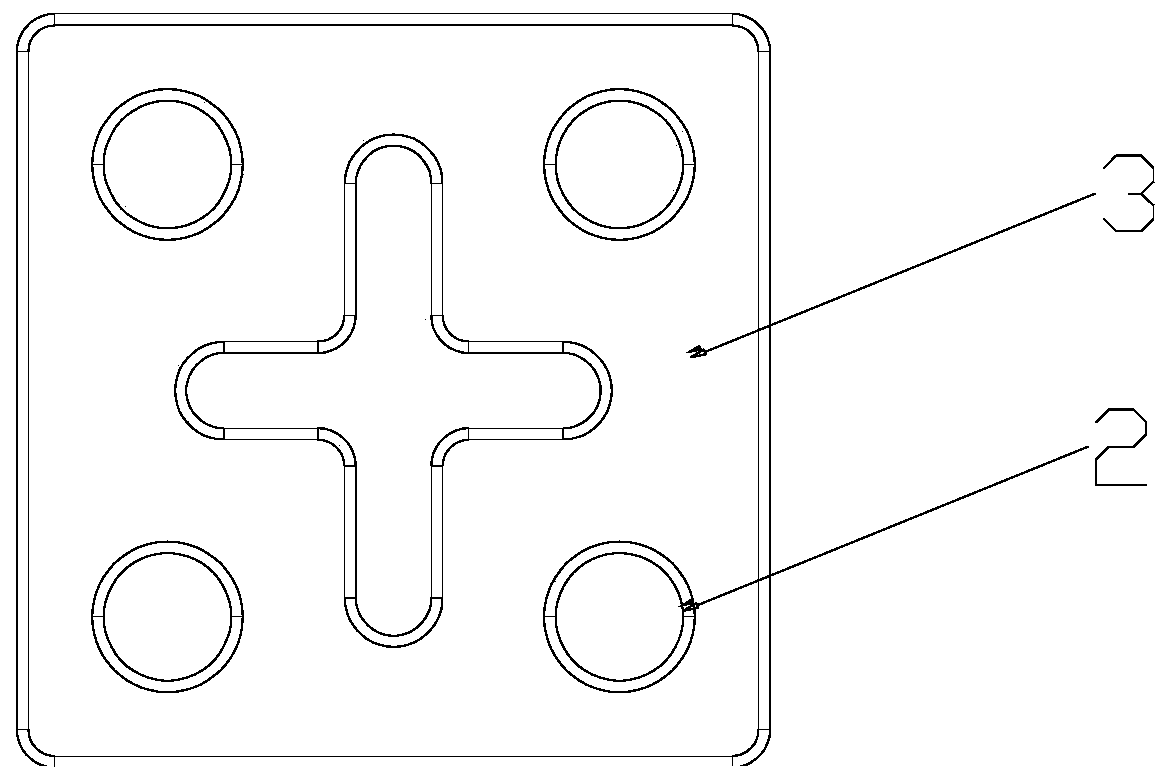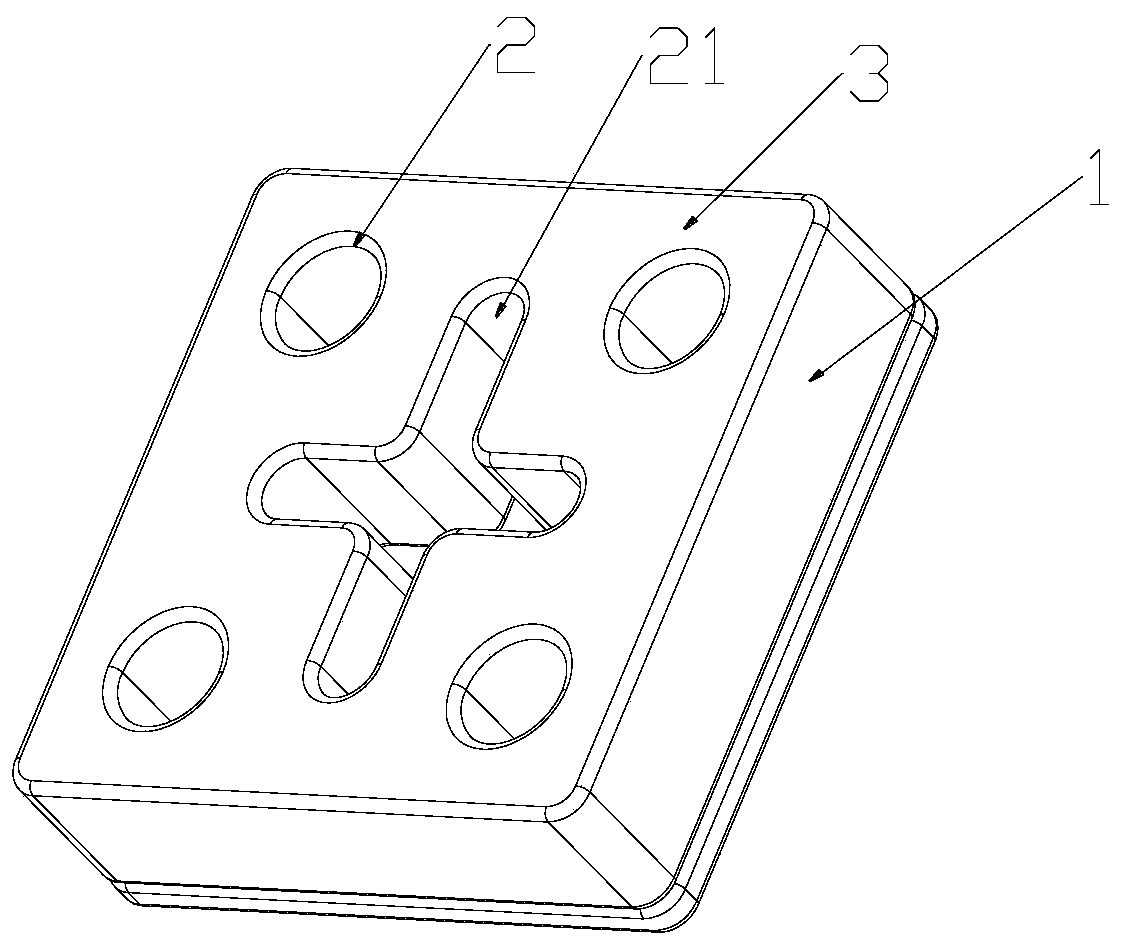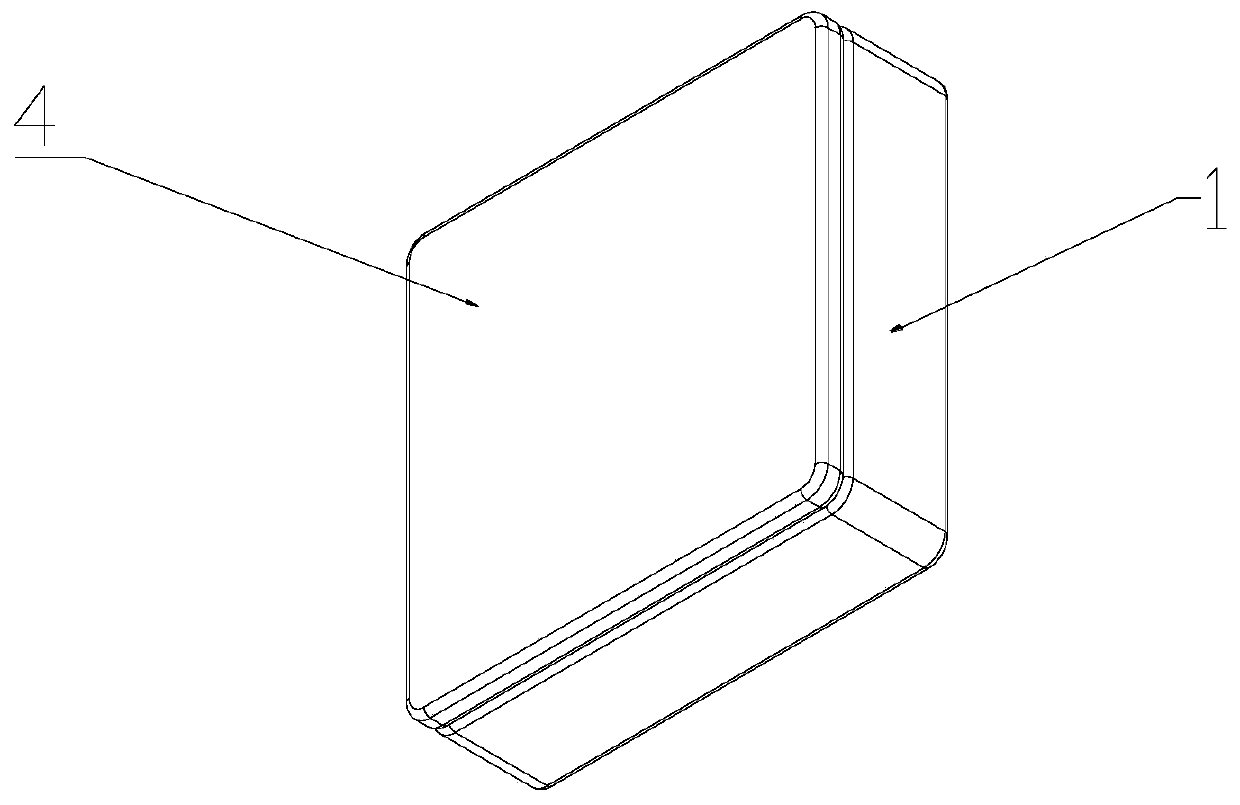Dielectric resonator, dielectric filter, transceiver and base station
A dielectric resonator and dielectric filter technology, applied in the field of dielectric filters, transceivers, base stations, and dielectric resonators, can solve the problems of uncontrollable errors, increased short-circuit risk, small spacing, etc., and achieve high coupling and low loss. performance, reduce volume, and improve the effect of coupling energy
- Summary
- Abstract
- Description
- Claims
- Application Information
AI Technical Summary
Problems solved by technology
Method used
Image
Examples
Embodiment Construction
[0024] Below in conjunction with the appendix of the present invention Figure 1~3 , clearly and completely describe the technical solutions in the embodiments of the present invention, obviously, the described embodiments are only some of the embodiments of the present invention, not all of them. Based on the embodiments of the present invention, all other implementations can be obtained by those skilled in the art without making creative efforts.
[0025] In the description of the present invention, it should be understood that the terms "counterclockwise", "clockwise", "longitudinal", "transverse", "upper", "lower", "front", "rear", "left", The orientation or positional relationship indicated by "right", "vertical", "horizontal", "top", "bottom", "inner", "outer", etc. is based on the orientation or positional relationship shown in the drawings, and is only for the purpose of It is convenient to describe the present invention, but does not indicate or imply that the device...
PUM
 Login to View More
Login to View More Abstract
Description
Claims
Application Information
 Login to View More
Login to View More - R&D
- Intellectual Property
- Life Sciences
- Materials
- Tech Scout
- Unparalleled Data Quality
- Higher Quality Content
- 60% Fewer Hallucinations
Browse by: Latest US Patents, China's latest patents, Technical Efficacy Thesaurus, Application Domain, Technology Topic, Popular Technical Reports.
© 2025 PatSnap. All rights reserved.Legal|Privacy policy|Modern Slavery Act Transparency Statement|Sitemap|About US| Contact US: help@patsnap.com



